In early 2022, Panera Bread introduced its Unlimited Sip Club, a subscription service granting customers unlimited self-serve beverages for a monthly fee. It was among the first major fast-food chains to test a subscription-based model, shifting from traditional loyalty programs to a strategy aimed at securing recurring revenue and increasing customer visits.
Subscription models are becoming a mainstay as quick-service restaurants (QSRs) experiment with new ways to increase customer loyalty and spending. A 2025 report by the Food Institute found that 76% of restaurant owners plan to integrate gamification into their loyalty programs, signalling a move away from static rewards toward interactive engagement. The goal: turning casual customers into repeat visitors who interact with brand platforms daily.
The challenge now is whether consumers see enough long-term value in fast-food subscriptions to maintain their commitment – and whether brands can sustain profitability without diluting the appeal. As competition grows, success will hinge on balancing affordability, exclusivity, and genuine savings that justify a recurring fee.
The Consumer Shift Driving This Trend
Fast food has traditionally thrived on consistency – standardised meals, rapid service, and predictable experiences. But consumer expectations are shifting. Today’s diners seek more than just convenience; they crave value, exclusivity, and interactive experiences. This shift is fuelling the rise of subscription-based dining and gamified loyalty programs, turning occasional transactions into habitual brand engagements.
Subscription models have reshaped industries from entertainment to retail, and now they’re making their mark on fast food. A 2024 PYMNTS report found that 45% of US consumers subscribe to at least one food or beverage service, a sharp rise from 36% in 2020. Meal kits and coffee subscriptions paved the way, demonstrating the viability of prepaid dining experiences. Now, QSRs are leveraging similar strategies to lock in repeat visits and drive incremental revenue.
Beyond subscriptions, fast-food chains are integrating gamification to deepen customer engagement. Interactive loyalty programs appeal to psychological triggers – competition, achievement, and status – encouraging repeat visits. Rather than simply buying a meal, customers now earn points, unlock exclusive perks, and advance through membership tiers. A 2023 McKinsey report found that well-designed gamified programs can increase customer spending by up to 40%, making them a lucrative tool for QSRs looking to sustain long-term loyalty.
Younger generations, in particular, are embracing these changes. A recent survey found that millennials and Gen Z are 35% more likely than older demographics to engage with gamified rewards. The demand for digital-first loyalty experiences is fueling innovation worldwide. In Japan, McDonald’s revamped its MyMcDonald’s Rewards with AI-driven personalisation, offering points multipliers during off-peak hours to encourage visits. Similarly, in the U.K., Pret A Manger has expanded its subscription model to include personalised incentives based on purchase history. The strategy is clear: engagement must go beyond discounts – it must create a habitual relationship between brand and customer.
There’s also a shift away from traditional discounts in favour of experience-driven perks. A 2024 Kantar study found that 60% of consumers now prioritise rewards that offer exclusivity over basic price cuts. Brands are adapting: Taco Bell’s Fire Tier Rewards unlock early access to menu innovations, while Domino’s Surprise Frees program randomly gifts free food to loyal customers, fostering excitement rather than predictable point redemptions. The shift signals that loyalty is no longer just about savings – it’s about status, engagement, and emotional connection.
The takeaway? Consumers no longer just want rewards – they want engagement. Subscription models and gamified loyalty programs are transforming routine purchases into ongoing brand relationships. As more fast-food brands invest in interactive engagement, the traditional playbook for customer retention is being rewritten. The next challenge? Ensuring these programs provide lasting value rather than becoming another short-lived marketing experiment.
How Fast Food Chains Are Adopting Gamification & Subscriptions
Fast-food chains are no longer simply rewarding repeat customers – they’re restructuring their entire loyalty approach. Subscription services and gamified rewards are turning once-sporadic transactions into habitual spending, offering brands a more reliable revenue stream. While traditional point-based programs still exist, more restaurants are shifting to systems that keep customers engaged daily, whether through app-based perks, tiered memberships, or monthly meal passes.
Pret A Manger, for example, has aggressively expanded its subscription model, first in the UK and now globally. Its “Club Pret” program, offering unlimited barista-made drinks for a fixed monthly fee, drove a 22% increase in global sales in 2023. The company reports that subscribers visit five times more frequently than non-members, significantly increasing food purchases alongside beverages. Similarly, McDonald’s Japan has rolled out digital-exclusive deals through its loyalty app, leveraging gamification to incentivise repeat visits.
While these models generate steady income, they also require constant fine-tuning. Subscription fatigue is real, and consumers are quick to cancel if they don’t see continuous value. Brands must balance pricing, perks, and exclusivity to keep customers engaged without feeling locked into a program that doesn’t evolve. Those that succeed – by offering tangible savings, personalised deals, and interactive rewards – are rewriting the rules of fast-food loyalty.
Luckin Coffee’s Play-to-Win Strategy
Image credit: Luckin Coffee
In China, Luckin Coffee has turned customer retention into a game. Unlike traditional point-based rewards, its app features dynamic challenges that encourage repeat visits. Customers who hit spending milestones unlock tiered discounts and free drinks, creating a loyalty ecosystem that goes beyond transactional incentives. The higher the engagement, the more exclusive the rewards – an approach that has cemented Luckin’s digital dominance in China’s competitive coffee market.
Luckin’s approach has yielded significant results. Its 2023 earnings report revealed that over 75% of transactions now originate through its app, demonstrating the effectiveness of its loyalty system. Customers engage with the platform an average of 21 times per month, far surpassing industry benchmarks. By integrating gamification into its core business model, Luckin has transformed occasional buyers into habitual customers, proving that digital-first strategies can redefine fast-food loyalty.
Burger King’s Subscription Bet in Europe
In Germany, Burger King is testing a different kind of subscription – one that locks in discounts rather than specific products. The chain’s King Deals program, launched in 2023, allows app users to pay a small monthly fee in exchange for access to exclusive offers, including half-price meals and premium add-ons. The goal is to increase repeat visits while giving customers a reason to keep the app on their phones.
Early reports suggest that the strategy is working. Burger King Germany has seen a 22% increase in repeat visits from subscribers compared to non-members, and the company is now considering expanding the program to other European markets.
Shifting From Discounts to Engagement
Subscription-based dining and gamified loyalty programs aren’t just about offering discounts – they’re about changing how consumers interact with fast-food brands. Whether it’s Panera making beverage purchases a habit, Luckin Coffee turning transactions into a game, or Burger King incentivising app engagement, QSRs are redefining customer relationships.
Why QSRs Are Betting on Gamified Loyalty
Fast-food chains are increasingly adopting subscription models and gamified loyalty programs to enhance customer engagement and secure predictable revenue streams. These strategies not only foster repeat business but also provide a competitive edge in a crowded marketplace.
Predictable Revenue Through Subscriptions
For QSRs, subscriptions provide a buffer against industry volatility, replacing sporadic purchases with predictable, recurring income. Pret A Manger’s “Club Pret” subscription, which grants members up to five barista-made drinks per day for a fixed monthly fee, has transformed the company’s revenue model. The initiative played a key role in pushing Pret’s global sales past £1 billion in 2023, marking the first time in its history the company reached this milestone.
Other brands are experimenting with subscription-like promotions to drive habitual spending. In October 2023, Domino’s introduced its “Emergency Pizza” initiative, allowing loyalty members to redeem a free pizza after making a qualifying purchase. The result was a surge in sales and two million new loyalty sign-ups, reinforcing the effectiveness of structured, value-driven offers in retaining customers.
Enhanced Engagement Through Gamification
Gamified loyalty programs tap into behavioural psychology, using incentives, challenges, and exclusive content to drive repeat visits. McDonald’s Australia’s “MyMacca’s Rewards” program rewards customers with points per dollar spent, which can be redeemed for menu items – a model that has significantly increased app engagement. Beyond simple reward systems, leading QSRs are now incorporating dynamic challenges and real-time achievements, creating a sense of urgency and exclusivity that encourages repeat interactions.
Gamification is proving to be more than a gimmick – it translates directly into higher spending. A Mastercard report found that brands leveraging interactive loyalty mechanics saw a 60% spike in app engagement and a sixfold increase in purchase frequency within the first year of implementation. These figures highlight the growing role of digital ecosystems in fostering long-term brand loyalty.
Social Status Rewards and Exclusive Access
Beyond financial rewards, status-based loyalty structures add another layer of appeal. Customers are often willing to engage more deeply when programs offer exclusive perks tied to higher-tier status. Pizza Express has capitalised on this psychology with a loyalty program structured around bronze, silver, and gold tiers, where members unlock escalating benefits over time. The approach has attracted 2.7 million sign-ups in two years, demonstrating that tiered rewards can drive long-term engagement more effectively than one-time discounts.
Image credit: Pizza Express
Cross-brand collaborations are also enhancing the value proposition of loyalty subscriptions. Walmart+ has partnered with Burger King to provide members with discounts on digital orders and periodic free items, including a quarterly free Whopper. These partnerships add tangible benefits to subscription models, reinforcing brand value while leveraging existing customer bases.
The Numbers Behind Loyalty Innovation
The impact of these strategies is clear. Pret A Manger’s subscription service contributed to a significant jump in global system sales, reaching £1.1 billion while underlying profits rose 12% to £166 million in 2023. Similarly, Domino’s leveraged gamified loyalty to reverse declining sales, expanding its rewards program by an additional two million members in just a few months.
Image credit: Pret A Manger
As the fast-food landscape becomes increasingly competitive, QSRs that invest in loyalty innovation will have a distinct edge. Whether through gamification, subscription models, or status-based incentives, the brands that can turn customer interactions into habit-forming experiences will define the future of fast-food engagement.
The Risks and Challenges of Subscription-Based Fast Food
As more QSRs experiment with these models, potential pitfalls are becoming apparent. From subscription fatigue and economic pressure to logistical hurdles and consumer backlash, brands face mounting challenges in retaining long-term loyalty and sustaining profitability.
Subscription Fatigue
As subscriptions extend beyond streaming and retail into fast food, many consumers are reaching their limit. Households already manage monthly fees for entertainment, groceries, fitness apps, and meal kits – and they’re cutting back. A recent study found that 42% of US consumers feel overwhelmed by the number of subscriptions they manage, with many actively cancelling non-essential services.
This trend isn’t confined to Western markets. In South Korea, a Nielsen study reported a 28% drop in new subscription sign-ups across industries, including food and beverage. Consumers are becoming more selective, gravitating toward services that offer flexibility, exclusive benefits, and genuine savings. For QSRs, this means that simply offering a discount isn’t enough – brands must differentiate their programs through value-driven perks and long-term incentives or risk being abandoned.
Economic Pressures
Fast-food subscriptions thrive in strong economic conditions, but inflation and consumer spending cutbacks are testing their durability. While some customers justify paying upfront for daily meals or drinks, others are questioning the necessity. A recent PwC consumer sentiment report found that 60% of global consumers are actively reducing discretionary spending, with dining out and food subscriptions among the first to be reevaluated.
In Europe, where inflation has driven up food prices, subscription-based meal plans are under strain. A Kantar study showed that 35% of UK consumers have cut back on restaurant subscriptions and food delivery services, shifting toward home-cooked meals instead. Unless fast-food brands can demonstrate tangible cost savings or exclusive access to high-value perks, subscriptions risk becoming expendable luxuries during economic downturns.
The Operational Strain of Managing Demand
Beyond consumer concerns, fast-food chains must grapple with the logistical complexities of recurring transactions. Unlike one-time promotions, subscriptions guarantee a steady flow of orders, requiring precise forecasting for inventory, staffing, and fulfilment.
Japan’s Mos Burger learned this the hard way when it piloted a burger subscription model. Demand exceeded projections, leading to ingredient shortages and strained operations. The company had to restrict redemptions to non-peak hours to prevent service disruptions. This underscores a fundamental risk: if not carefully managed, subscriptions can overload supply chains, increase waste, and frustrate both staff and customers.
Technology is another critical hurdle. Seamless integration of subscriptions into apps and point-of-sale systems is essential, yet many brands underestimate the investment required. In India, a major fast-food chain faced backlash when its digital loyalty program crashed under heavy demand, blocking paid subscribers from redeeming offers. The PR fallout was immediate, reinforcing the importance of scalable, reliable tech infrastructure before launching subscription models at full scale.
Consumer Backlash
When customers feel they’re not getting enough value, they cancel – fast. A 2023 PYMNTS report found that 49% of subscription users drop a service within six months if they don’t perceive consistent benefits.
QSRs are particularly vulnerable to churn. Unlike streaming platforms, where exclusive content keeps subscribers engaged, fast-food loyalty hinges on repeat consumption. If consumers hit unexpected limits – whether through redemption restrictions, menu exclusions, or underwhelming savings – they abandon the program entirely.
In France, a leading coffee chain faced widespread backlash when customers discovered that its “unlimited drink subscription” excluded premium beverages – a restriction buried in fine print. Social media complaints erupted overnight, leading to a 32% drop in renewals within three months. The company was forced to revamp its offer to rebuild trust, but the damage had already dented its reputation.
For fast-food brands, subscription success hinges on transparency, trust, and long-term value. Consumers are willing to commit to recurring spending – but only if the benefits outweigh the cost. In an increasingly subscription-saturated market, brands that overpromise and underdeliver won’t just lose subscribers – they’ll lose credibility.
The Future of Fast-Food Loyalty Programs
Fast-food loyalty programs are at a crossroads. As competition intensifies, brands are moving beyond traditional discounts and punch cards, leveraging advanced technologies and hyper-personalised incentives to deepen customer engagement. However, the future of these programs will depend on whether they provide real, lasting value – or simply add to the growing fatigue of subscription-based services.
Emerging Innovations: AI, Gamification, and Blockchain
Artificial intelligence (AI) is reshaping how QSRs understand and engage with customers. By analyzing purchasing patterns and behavioural data, AI-driven loyalty programs can offer customised promotions, dynamic pricing, and predictive ordering. For instance, some brands are experimenting with real-time menu suggestions based on individual preferences, driving higher spending and deeper brand affinity.
Gamification is also evolving. Loyalty programs are incorporating augmented reality (AR) and blockchain technology to create more immersive and secure experiences. AR-driven campaigns allow customers to unlock exclusive deals through interactive digital experiences, while blockchain ensures transparent and fraud-proof reward transactions. These innovations move beyond transactional loyalty, aiming to foster a stronger emotional connection between brands and consumers.
Consumer Skepticism and Ethical Hurdles
Despite technological advancements, loyalty programs face growing consumer scepticism. The increasing reliance on data collection and AI-driven personalisation raises privacy concerns, prompting regulators to scrutinise how brands gather, store, and use consumer information. If customers feel they are being manipulated into spending more rather than receiving genuine benefits, backlash could follow.
Subscription-based models, once seen as a predictable revenue stream, are also losing some appeal. A 2024 industry survey found that consumers now manage an average of 5 to 7 active subscriptions, with many actively reducing non-essential commitments. The question for QSRs is whether fast-food subscriptions provide enough tangible value to justify a recurring financial commitment – or whether they will become another short-lived marketing trend.
Striking the Right Balance
The future of fast-food loyalty programs hinges on execution. Brands that focus purely on data-driven engagement without offering meaningful value risk losing customer trust. To succeed, QSRs must ensure that loyalty initiatives feel rewarding rather than obligatory, with clear, flexible benefits that align with consumer expectations.
Transparency in data usage, personalised but non-intrusive incentives, and rewards that genuinely enhance the dining experience will define the next generation of loyalty programs. As the industry evolves, brands that prioritise trust, flexibility, and customer-first innovation will lead – while those that overpromise and underdeliver risk being left behind.
Stay ahead
Get regular insights
Keep up to date with the latest insights from our research as well as all our company news in our free monthly newsletter.
![]()
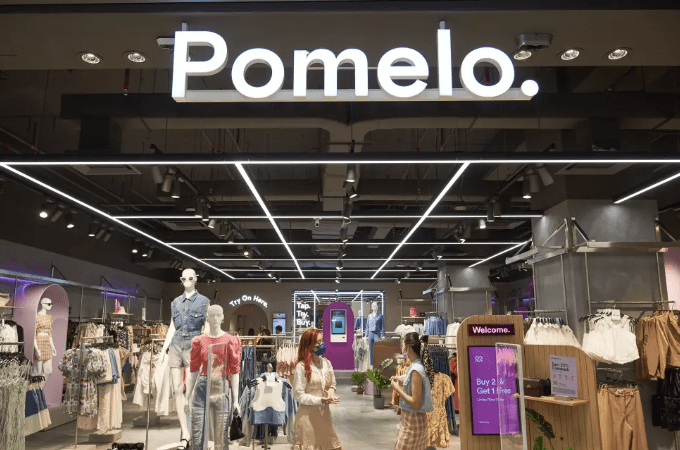


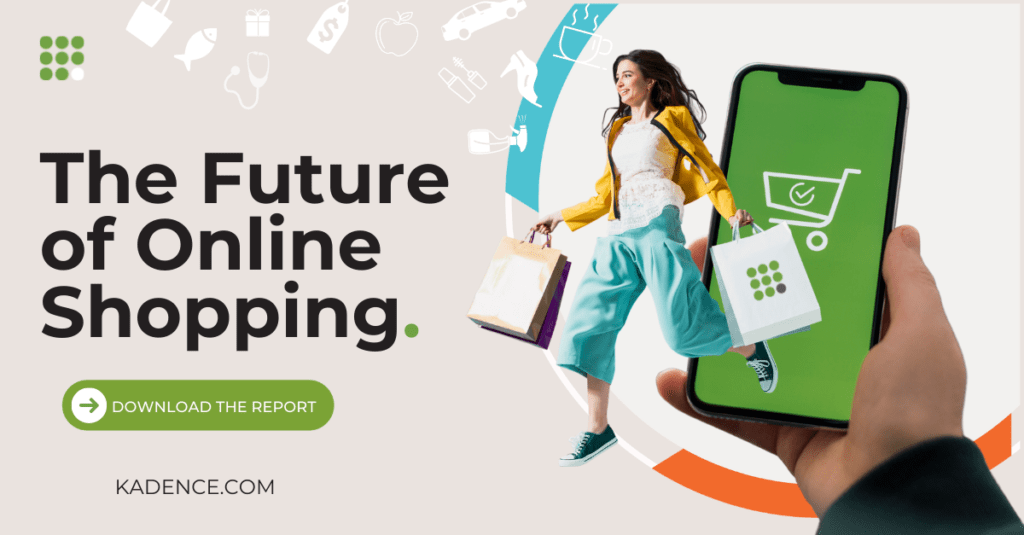



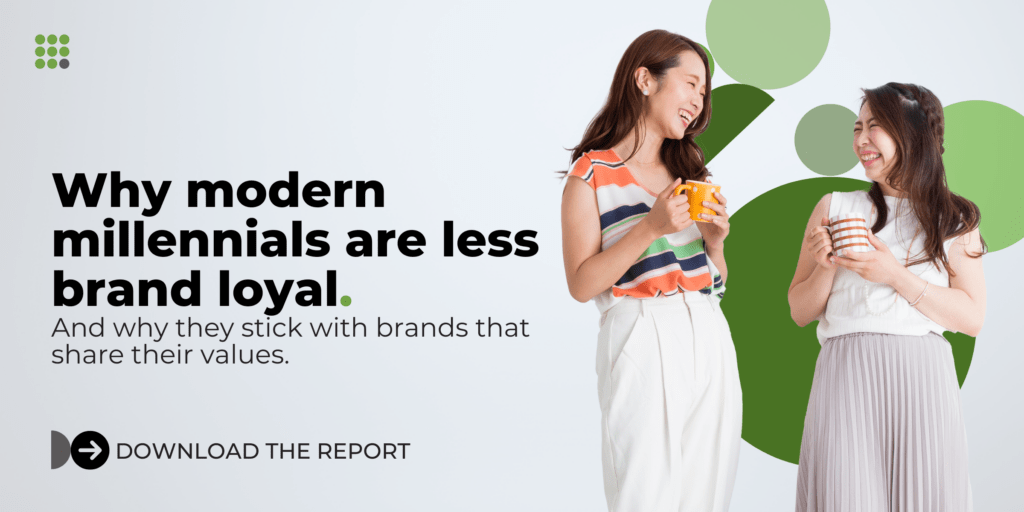

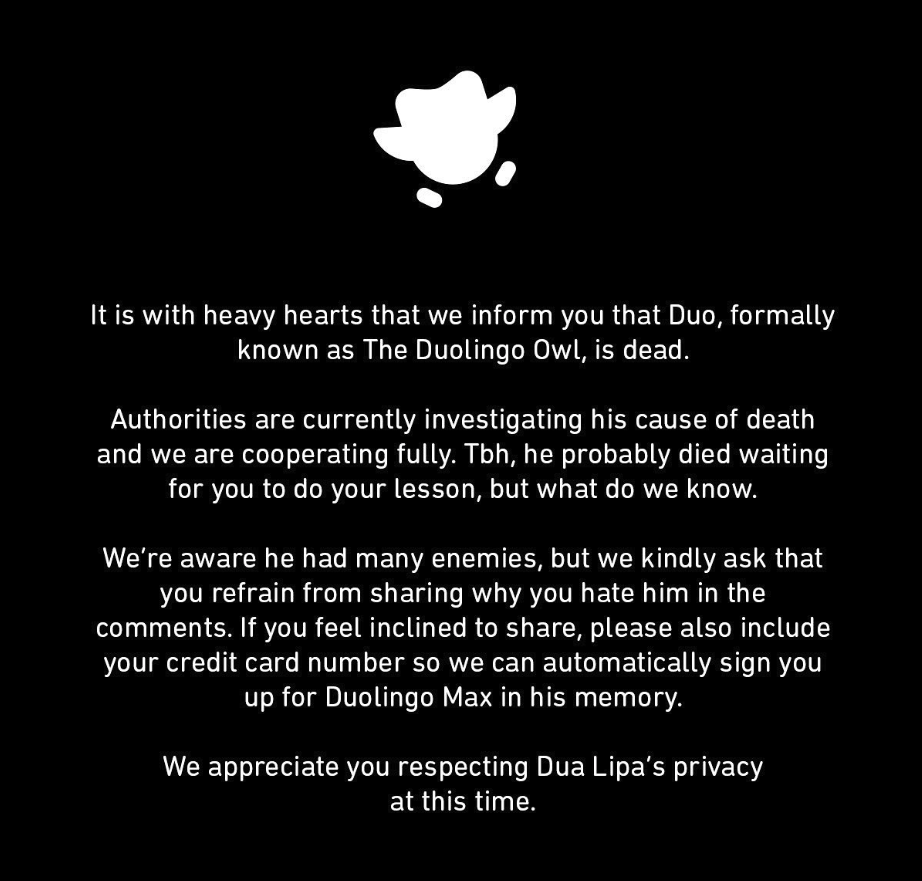


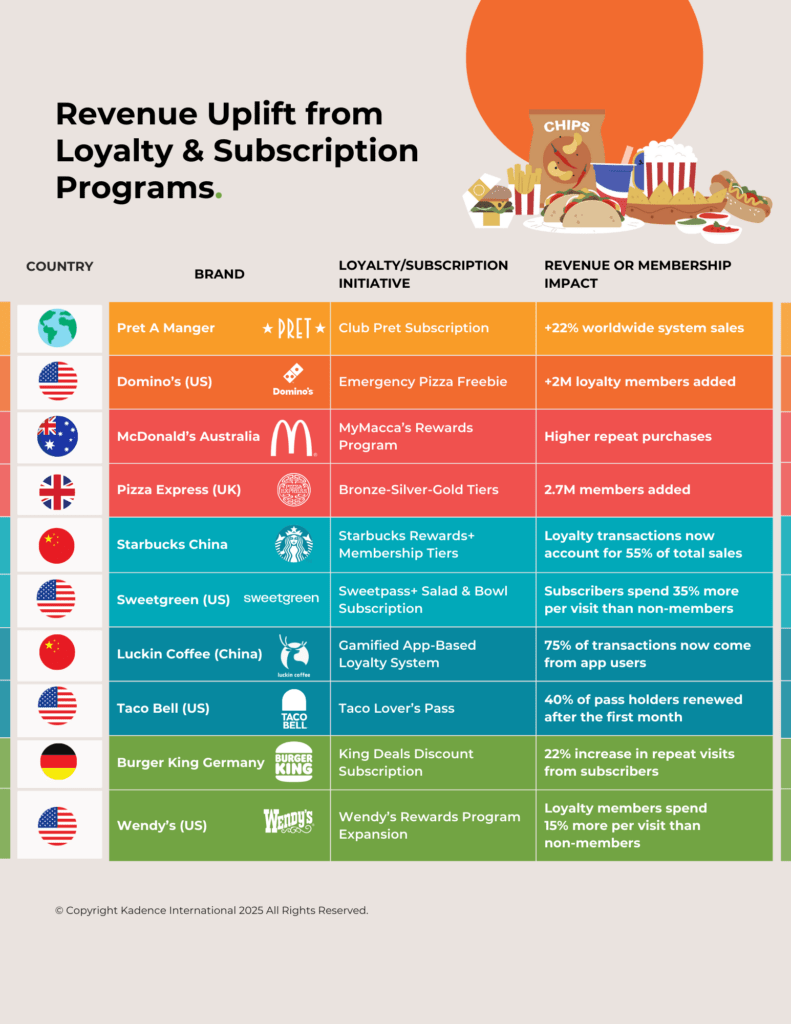
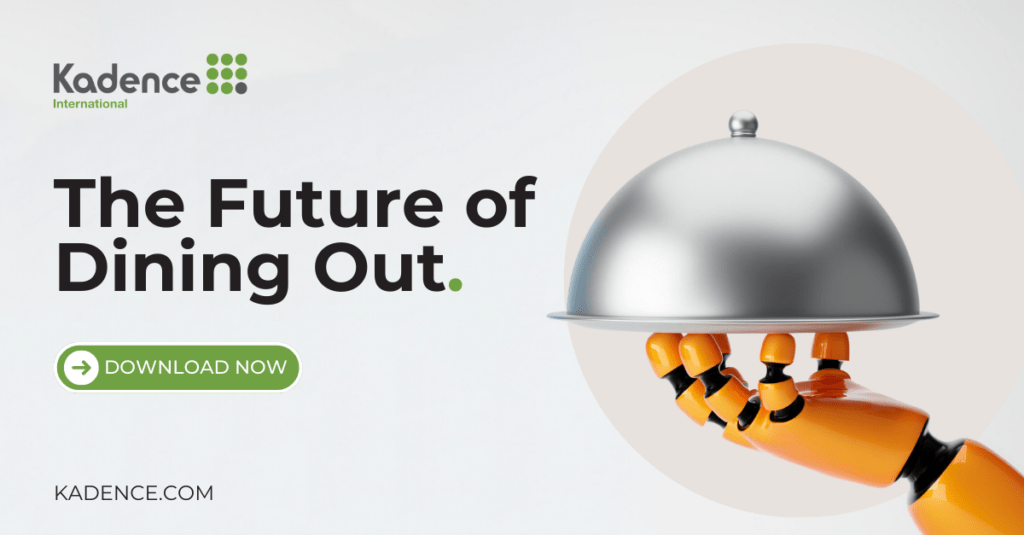

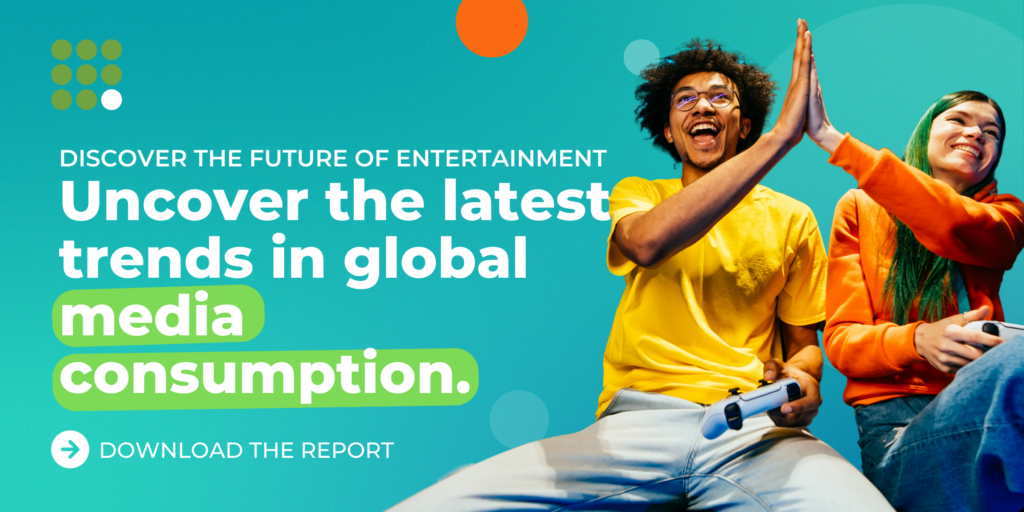
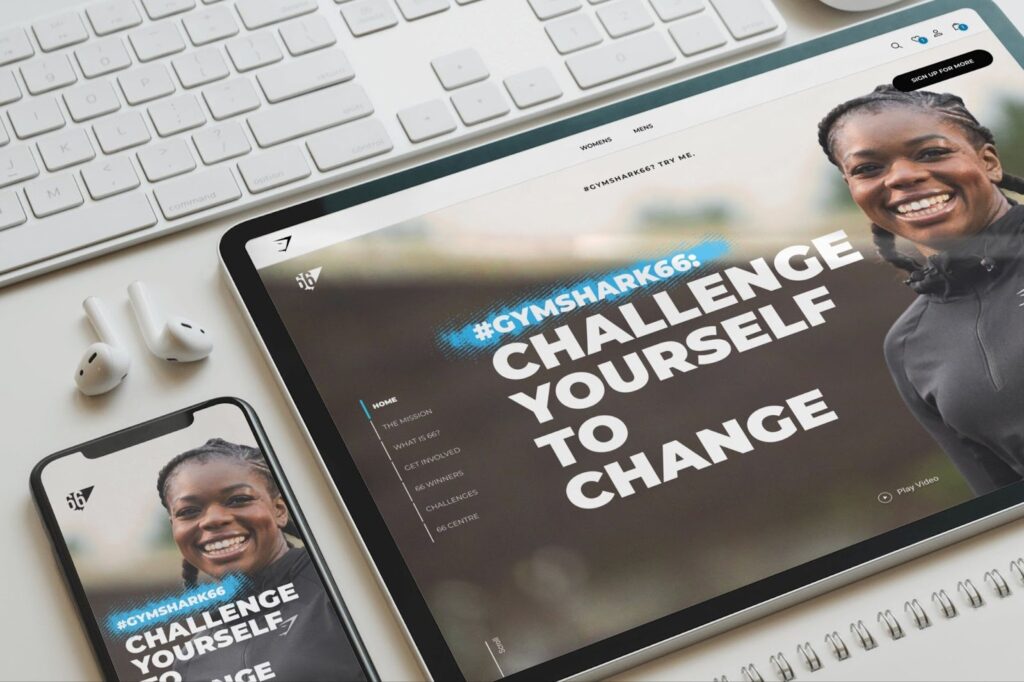





 Senior Marketing Executive
Senior Marketing Executive Sales & Marketing
Sales & Marketing General Manager PR -Internal Communications & Government Affairs
General Manager PR -Internal Communications & Government Affairs Vital Strategies
Vital Strategies
 Customer Intelligence Director
Customer Intelligence Director